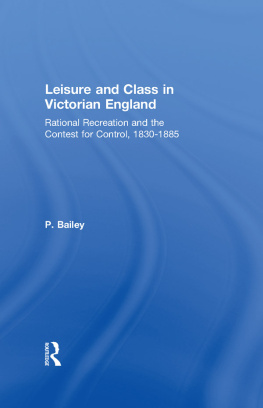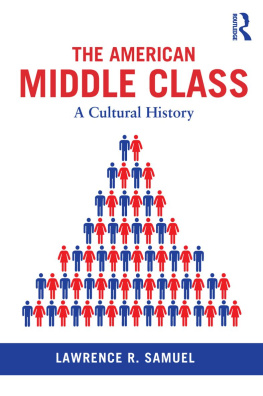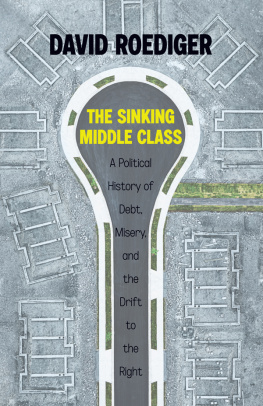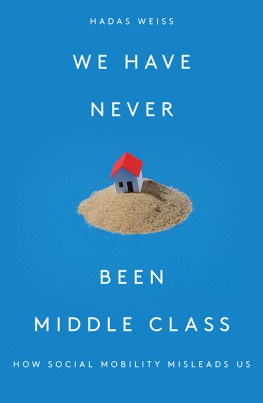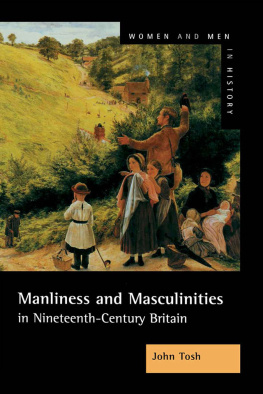First published in 1975
This edition first published in 2013
by Routledge
2 Park Square, Milton Park, Abingdon, Oxon, OX14 4RN
Simultaneously published in the USA and Canada
by Routledge
711 Third Avenue, New York, NY 10017
Routledge is an imprint of the Taylor & Francis Group, an informa business
1975 Patricia Branca
All rights reserved. No part of this book may be reprinted or reproduced or utilised in any form or by any electronic, mechanical, or other means, now known or hereafter invented, including photocopying and recording, or in any information storage or retrieval system, without permission in writing from the publishers.
Trademark notice : Product or corporate names may be trademarks or registered trademarks, and are used only for identification and explanation without intent to infringe.
British Library Cataloguing in Publication Data
A catalogue record for this book is available from the British Library
ISBN: 978-0-415-53409-3 (Set)
eISBN: 978-0-203-10425-5 (Set)
ISBN: 978-0-415-62581-4 (Volume 3)
eISBN: 978-0-203-10313-5 (Volume 3)
Publisher's Note
The publisher has gone to great lengths to ensure the quality of this reprint but points out that some imperfections in the original copies may be apparent.
Disclaimer
The publisher has made every effort to trace copyright holders and would welcome correspondence from those they have been unable to trace.
Contents
Acknowledgements
I wish to thank Professors John W. Osborne, Henry R. Winkler and Harold Perkin for their reading of the manuscript and helpful suggestions. Professor Theresa McBride assisted in a host of ways but particularly in her ability to discuss many of the key concepts involved.
I wish also to express my appreciation to David Croom whose efficiency and advice has added to the pleasure of publishing. My special thanks goes to Professor Peter Nathaniel Stearns who gave me, and continues to give me, sound advice, solid criticism and devoted encouragement; without him the book would not have been.
The middle-class woman in the Victorian period was a new phenomenon, in a sense the first modernized woman. Her social situation was certainly new, in that she was part of the rising middle class of the nineteenth century the urban, professional and business class. Her working-class counterpart, also new to industrial urban life, played a vital role as well, but she strove as much as possible to preserve the traditional family structure during most of the century. Traditionalism played an important part in the middle-class woman's life also, but on the whole her functions were new, for she had to mediate many of the changes that developed as the family moved into the urban middle class. In economic terms, she was responsible for much of the early transformation of the family from a unit of production to a unit of consumption. Yet, despite her novelty, the Victorian woman has not been directly studied - often characterized, but never closely examined.
Modernization is an admittedly vague term, and its application to women's history is new. We will develop a fuller outline of the applicability of the concept after we have established the areas of life in which modernizing change can be seen to occur. For in seemingly prosaic activities such as the running of the household or care of personal health women were coming to believe in change, in the relevance of new technology, and in the desirability and possibility of improved well-being. Albeit within a family context, they were coming to think of themselves as individuals. All of which fits the general modernization model, and justifies the nineteenth century as the era in which to seek the bases of the emergence of the modern woman. This is not of course to imply that previous centuries were stagnant. We know that in many respects British economic practices and politics had departed from purely traditional models long before industrialization began. We have been recently reminded that some popular values, relating even more closely to women, might change as well. But there is little evidence that the world from which middle-class women emerged had been greatly altered by forces of modernization prior to the nineteenth century. At the top of society, eighteenth-century salons had little effect in spreading new ideas to this middle sector; while changes influencing lower-class behavior definitely stopped once one reached the property-owning classes from which the new middle class would come. It is precisely toward the middle of the nineteenth century, after symptoms of modernity were well-established, such as urbanization and commercialization, that we can begin to capture the distinctive female response.
The discussion thus centres on the period between 1830 and 1880, when the new middle class rapidly expanded its ranks. From 1803 to 1867, when precise data are available, its rate of increase was 223 per cent compared to the 206 per cent growth for the general population. The mid-century decades saw not only the development of the Victorian woman, as the product of a particular age, but also the beginnings of more enduring changes in the woman's situation. We are dealing, in other words, both with a distinctive historical type and with the transition to the first modern woman.
To be sure, the term Victorian can be chronologically misleading. It has been shown quite convincingly that 'Victorianism' began well before 1837, the year the Queen, who gave her name to the age, assumed the throne. The association bf this period with the stodgy, old, black-draped queen is regrettable, especially for the women of the period. The Victorian Age was a dynamic age, and this study deals principally with the theme of change. Among the important developments which profoundly altered the life of the middle-class woman were industrialization, urbanization, and the impact of science. For the majority of women in this study there were traumatic changes associated with moving from the rural and lower classes into the urban and middle class. Too many of our images of Victorian women assume a settled state, a complacency, whereas in reality the dominant problem was assimilation to a very new life-style.
Married women were chosen as the subject of this study because marriage provided the most typical role for the middle-class woman in the nineteenth century. There has been some tendency to focus on the plight of the single girl, as if her situation became increasingly important for women's history. If anything, this only reflects urbanization, which partially disrupted traditional functions for the single woman; it does not represent a real statistical change. Marriage still constituted the normal pattern of life for most women indeed for a higher percentage than in earlier centuries. Admittedly the clearest figures apply to the general population and not the middle class specifically, but the following table on the marital status of women from 1851-1901 demonstrates the overall pattern.


